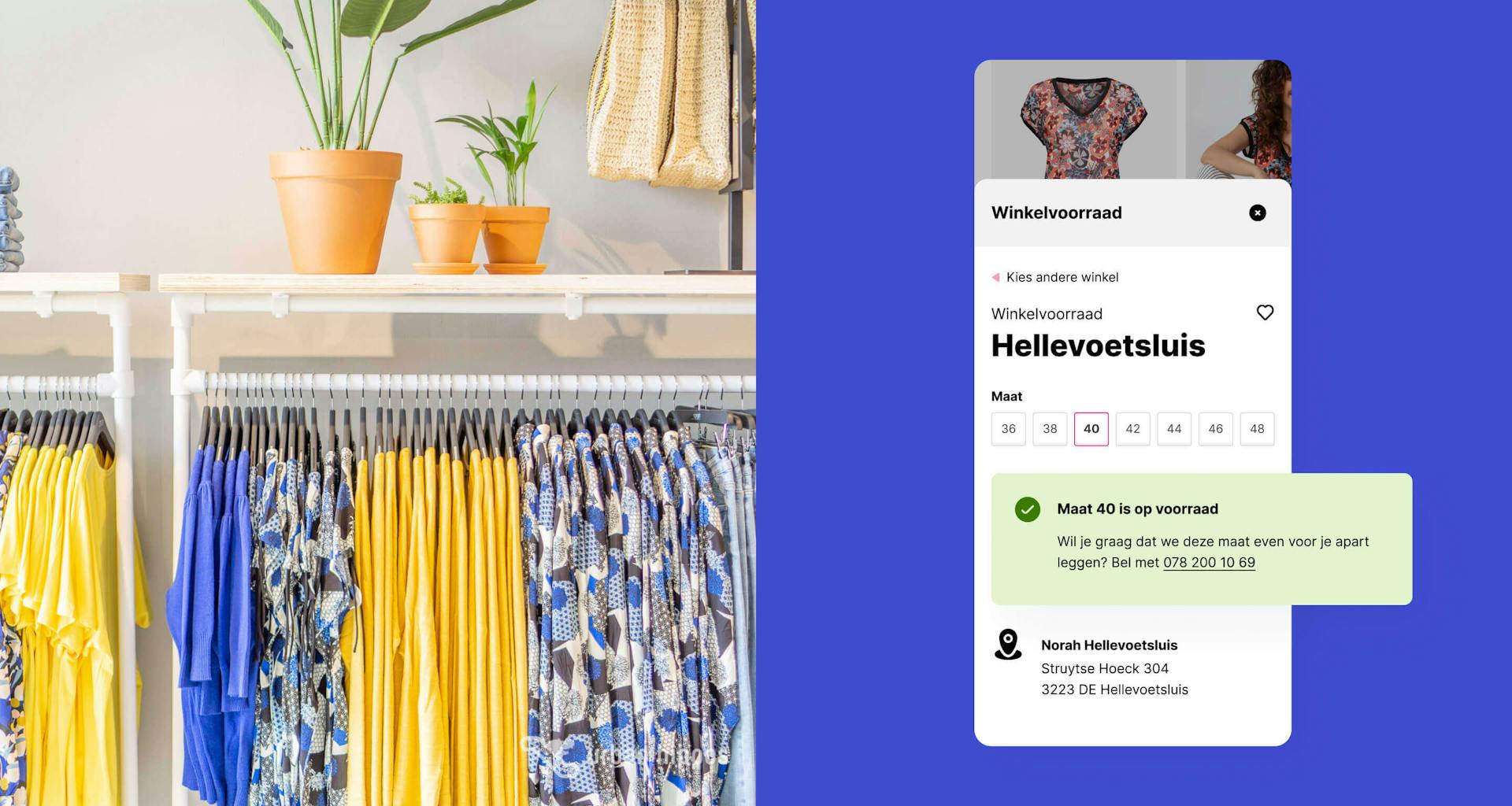How an order management system helps retailers be more sustainable
By providing consumers with accurate and complete information at all stages of the purchase process, only the right products are purchased. And thus reducing the flow of returns. By giving consumers choices in delivery options, you can deliberately steer for efficient and more sustainable distribution of packages. Many of these "features" need a good, but especially agile, IT foundation. Making it possible to execute the sustainability strategy with limited investments and short implementation times. An order management system (OMS) is invaluable here. In this article you will read, among other things:
- How an OMS provides up-to-date visibility into inventory at every step of the purchasing process
- How the system helps display and meet delivery times
- How to apply smart stock allocation
- How to make the returns process more efficient
Current stock visibility at every step of the purchase process
To help consumers make sustainable choices, you want to keep them well informed about whether items are in stock and where those items are located. In-stock items that may still require a long route are usually not preferred. In-stock items that are available for immediate shipment are. Items available at a nearby branch (ship-from-store, click-and-collect) are perhaps the most preferred. Yes, these have already gone part of the way, but an eventual physical purchase leads to significantly fewer returns. And using the branch as a mini-distribution center provides greater efficiency and sustainability benefits: less cardboard and plastic is needed for the last-mile.
Specifically, the OMS has the current stock levels of each stock and sales location, including stock from any third parties, and thus goes further than an ERP, for example. The visibility of this stock can be determined with business rules. In the online channels (e-commerce, marketplaces, advertising) the (local) stock is made visible in real time.
Display of delivery times and their reliable fulfillment
Consumers are often willing to opt for a longer (more durable) delivery time if it is reliable. The delayed arrival of the package or store pickup is eagerly scheduled on the day off or home working day, not allowing this to succeed leads to frustration and unnecessary additional transportation movements. Over a composite of items (the shopping cart), the OMS indicates the achievable delivery time. Combined with the consumer's transportation or pickup choice, this leads to a "delivery promise. The OMS links the promise made to the order and works it into operational execution. The OMS provides steering information for deviations from the promise, through orders-at-risk. This allows the promise to be made more reliable and through proper communication, avoids consumer frustration.

Smart inventory allocation
When an order is finally placed, it needs to be "sourced. In this process, too, an OMS helps achieve a more sustainable supply chain. When store pickup (click-and-collect) or a local (bicycle) courier service is chosen, in principle, the stock of the branch in question is assumed. When an order consists of multiple items and they are not all available at one logistics location or store, the OMS provides the most efficient allocation that leads to the fewest split shipments. When a retailer works with fixed driving routes and supply days, the OMS chooses branches that are on the path and allows consumer orders to "stick" to regular supplies. In assigning orders to branches, the sales forecast of that branch is also taken into account, based on history and possibly extended with a predictive model. An item where the probability of physical sales is high has a lower priority for allocation to online orders. This in turn saves transportation and delivers a higher profit margin.
More efficient returns
The OMS makes logistics functionality available at the store level, allowing returns to be accepted and processed here as well. Items can - after inspection - be added back to store inventory, eliminating transport movements. The OMS can even direct in return addresses; where a branch can also function as a receiving location for a sent return. Based on inventory levels and needs, it determines the best return address for items.
TableTop Order Management
XSARUS develops and implements TableTop Order Management for several retailers. Thus, these companies already operate more sustainably and benefit from other positive "bottom-line" effects as well. TableTop works with existing software in the retail landscape: ERP, POS and the e-commerce platform. The short implementation time and high degree of flexibility make the above scenarios quick to implement.
